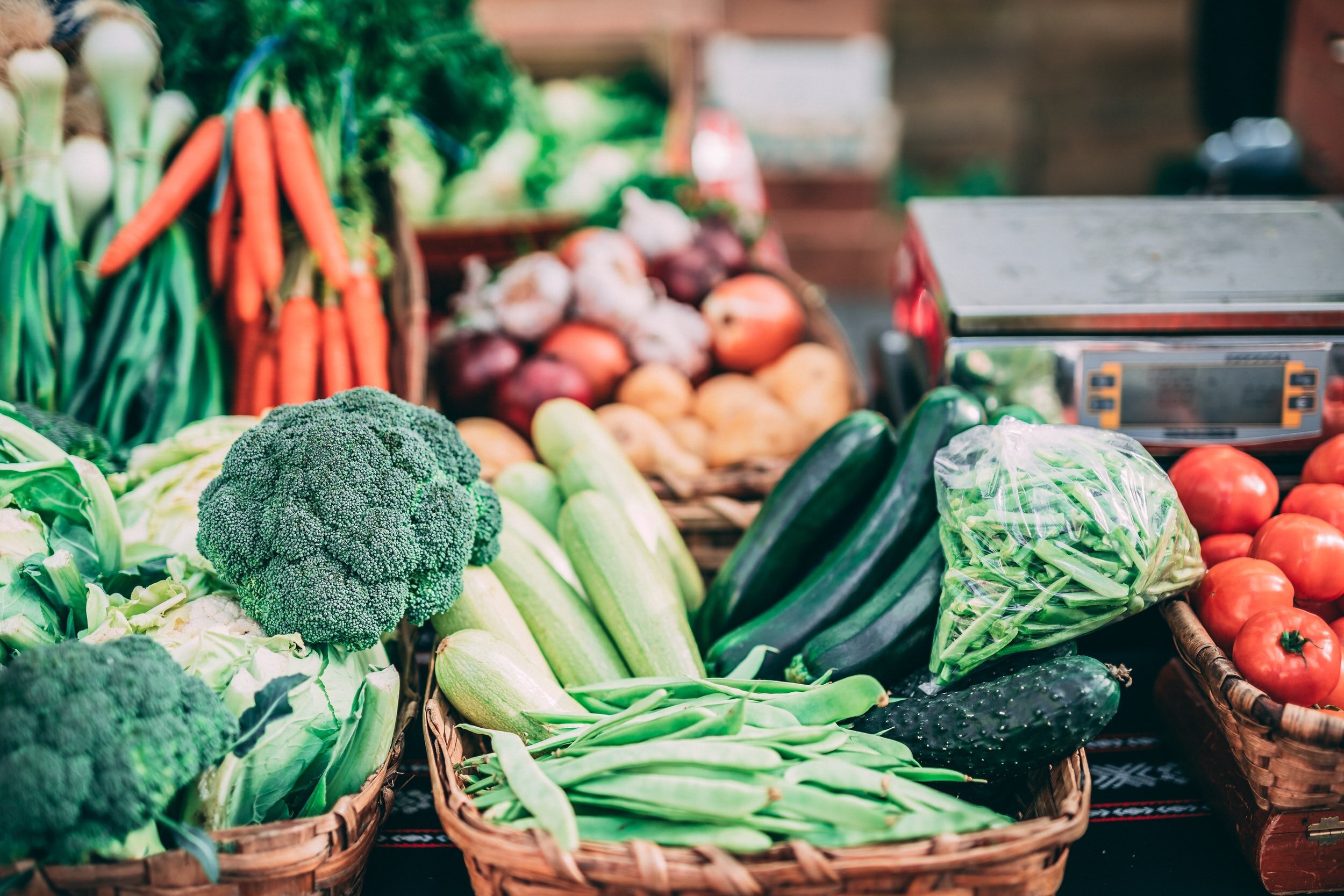The Environment Has Fallen Victim to PPE Pollution
Humans aren’t the only ones affected by the pandemic
There’s no question that the pandemic has changed our daily lives. From keeping our distance from our loved ones to wearing masks and sanitizing daily, the pandemic's influence has become second nature to us.
Hundreds of masks and PPE have been found along the shores of Lake Ontario.
However, the adverse effects of the pandemic are not limited to us. It has had a detrimental impact on our environment, which has fallen victim to an increase in single-use plastics.
The story of plastic pollution is not new. Still, the influx of single-use plastics we use during the pandemic to keep safe (such as disposable masks, plastic gloves, plastic cutlery for take-out, and plastic shopping bags) has resulted in our landfills and lakes being polluted at never-before-seen levels.
The Problem With Disposable PPE
Yes, we needed to do what we could to combat the spread of COVID-19 as we stocked up on personal protective equipment (PPE) to stay safe. But, as restrictions lift and we begin to pull these masks off to breathe a little fresh air, can we ask ourselves: where are they ending up?
Disposable masks are made from polypropylene - a type of plastic that can take centuries to break down. Like all plastics, disposable masks will never truly “go away”. When left in our environment, they break down into microplastics, make their way into our waterways and lakes, pollute our drinking water, and harm aquatic life.
Mask found by A Greener Future volunteers at Tommy Thompson Park, Toronto
PPE in the Environment
With the summer here, most Ontarians are coming out of hibernation and spending time outside to gather with friends at a safe distance. As a result, similar to last summer, Toronto's beaches and parks are seeing an increase in improperly disposed trash – with one unfortunate difference: more PPE litter.
A Greener Future's volunteers are seeing the increase of PPE firsthand as they continue to pick up litter for the Love Your Lakes project: a volunteer-supported initiative to clean up the shores of Lake Ontario during the months of May and June.
“Last year we picked up a few pieces of PPE along the shores of Lake Ontario, but this year we’re finding it at almost every cleanup. It’s very hard to see this huge increase in such a short time especially since the impacts can be long term. I’m so grateful that we have a number of dedicated volunteers out there helping keep this debris out of the environment.”
- Rochelle Byrne, Founder & Executive Director, A Greener Future
Disposable mask found in Niagara-on-the-Lake by A Greener Future staff
Currently, there have been over 97,000 pieces of litter, and 375 pieces of PPE (including masks, gloves, sanitizer wipes, etc.) picked up by volunteers. At Kingston's Confederation Park alone, one volunteer found a whopping 68 masks in total. This is over a 350% increase in PPE litter from what the Love Your Lake project recorded in 2020.
“My fiancé and I were surprised to see just how many masks had made their way to the shoreline and parks. We have been noticing more cigarette butts these days during our walks but the amount of masks trumped those that day. It felt like there was group event or stage nearby with the amount of masks we found.”
- Justin Emerson, A Greener Future Volunteer
The Impact of Plastic
Photo by Love Your Lake volunteer, Troy Polak
While removing masks, gloves, plastic bags, straws, etc., along our lakes, parks, and trails is a valuable response to plastic pollution, it is not the solution. Fortunately, the Government of Canada has just listed plastic as a toxic substance, part of their plan to ban single-use plastics in 2021.
Let me repeat that, toxic substance.
This very proactive decision by our government was supported by the Environment and Climate Change Canada and Health Canada 2020 study that found evidence that plastic harms the environment and wildlife. Under the Canada Environmental Protection Act, if a substance harms the environment and biodiversity, human health, or both, it can be considered toxic. With only 9% of plastic in Canada recycled, recycling programs are just not something we can solely rely on to sustain our environment; banning single-use plastics is the first critical step to addressing plastic pollution.
Photo by Love Your Lake volunteer, Natalia Jureczek
Fostering a greener future requires the collective effort of governments, businesses, educational institutions and individuals who are willing to educate and make small sacrifices to benefit our planet's health.
So, when restrictions continue to lift and we can finally say goodbye to the safety of our masks before you toss it aside, think: where will this end up?
To learn more about plastic pollution visit the action guide.























Public Relations Assistant